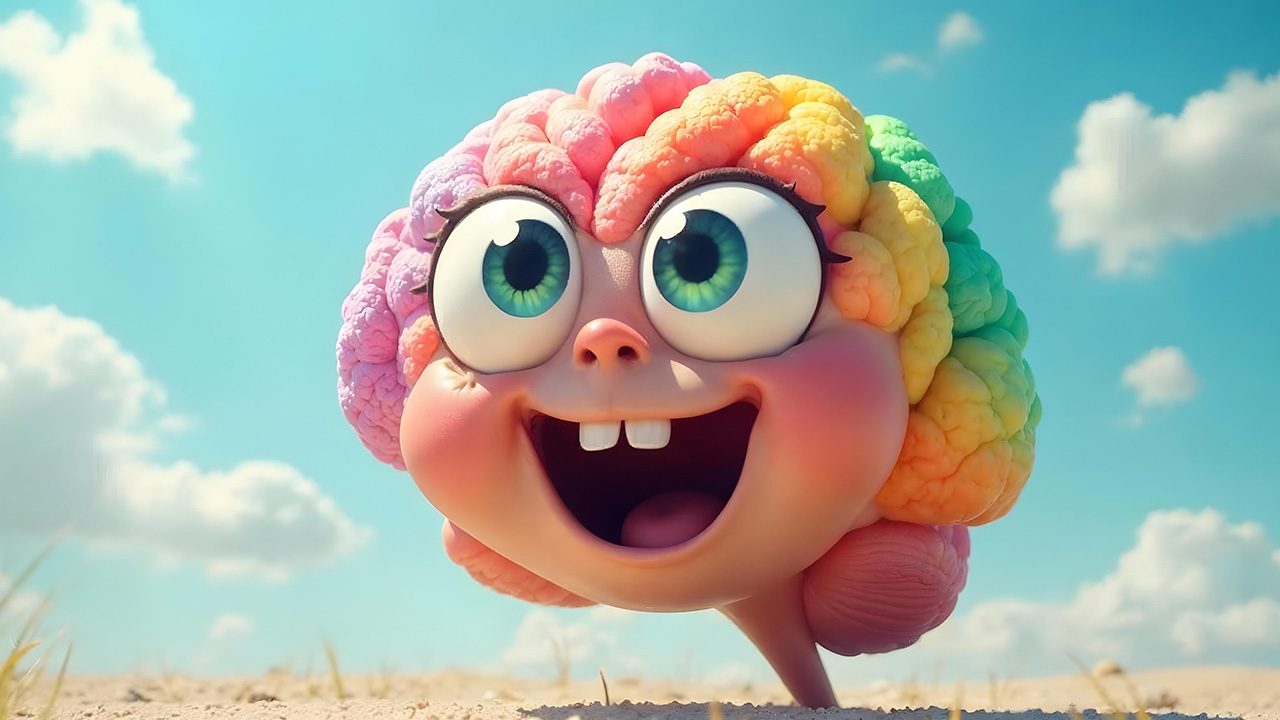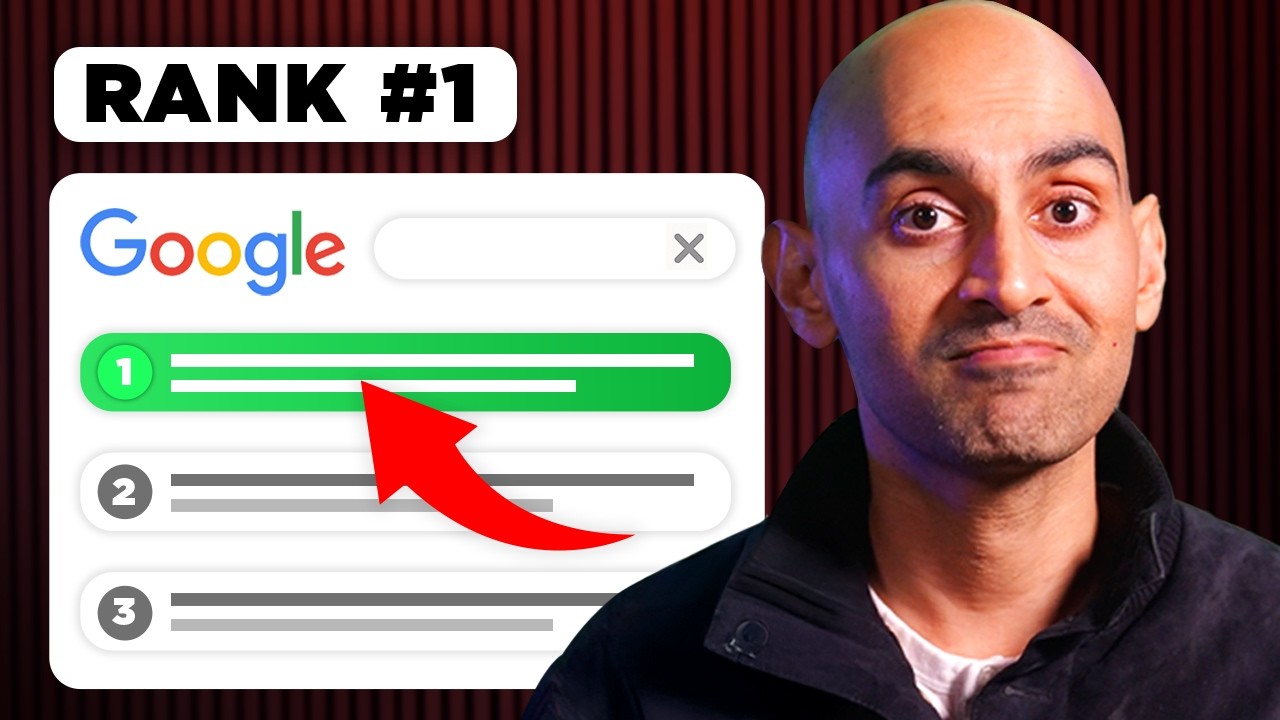Contents
- 1 Using Psychological Triggers in Marketing
- 1.1 Trigger 1: The Halo Effect – The Power of First Impressions
- 1.2 Trigger 2: The Serial Position Effect – First and Last Matter Most
- 1.3 Trigger 3: The Recency Effect – Recent Info Carries More Weight
- 1.4 Trigger 4: The Mere Exposure Effect – Familiarity Breeds Likability
- 1.5 Trigger 5: Loss Aversion – The Fear of Missing Out
- 1.6 Trigger 6: The Compromise Effect – How Offering 3 Choices Wins
- 1.7 Trigger 7: Anchoring – Setting Expectations with Price
- 1.8 Trigger 8: Choice Overload – Less Is More for Better Decisions
- 1.9 Trigger 9: The Framing Effect – Positioning Your Message
- 1.10 Trigger 10: The IKEA Effect – Value Increases with Involvement
- 1.11 Trigger 11: The Pygmalion Effect – High Expectations Lead to Better Results
- 1.12 Trigger 12: Confirmation Bias – Reinforcing Existing Beliefs
- 1.13 Trigger 13: The Peltzman Effect – Lowering Perceived Risk
- 1.14 Trigger 14: The Bandwagon Effect – People Follow the Crowd
- 1.15 Trigger 15: Blind-Spot Bias – Biases That Go Unnoticed
In today’s competitive market, understanding the psychological triggers that influence consumer behavior is crucial for any business owner or marketer. This blog delves into 15 powerful psychological triggers and cognitive biases that can help you effectively persuade and convert potential customers into loyal clients.
Using Psychological Triggers in Marketing
Psychological triggers play a pivotal role in marketing strategies. By understanding and leveraging these triggers, marketers can influence consumer behavior, drive engagement, and ultimately boost sales. Recognizing these triggers not only aids in effective marketing but also empowers consumers to make informed decisions.
Trigger 1: The Halo Effect – The Power of First Impressions
The halo effect refers to the tendency to let an initial impression shape our overall perception of a brand or product. When consumers encounter a brand for the first time, their impressions will heavily influence how they perceive everything that follows.
This effect underscores the importance of creating a positive first encounter. A compelling brand story, attractive visuals, and a friendly tone can foster trust and loyalty. Conversely, a poor first impression can be hard to overcome, often leading to negative perceptions lingering long after the initial encounter.
Trigger 2: The Serial Position Effect – First and Last Matter Most
The serial position effect indicates that people are more likely to remember the first and last items in a series. In marketing, this means that the first message a consumer receives and the last one they encounter are crucial in shaping their decision-making process.
- Start with a strong opening that captures attention.
- End with a powerful call to action to reinforce the message.
Strategically positioning your key messages at the beginning and end of your marketing content can enhance recall and influence consumer behavior effectively.
Trigger 3: The Recency Effect – Recent Info Carries More Weight
The recency effect highlights that people tend to give more importance to the most recent information they have encountered. In marketing, staying top-of-mind is essential. Frequent engagement through updates, newsletters, or social media posts can ensure your brand remains relevant.
To leverage this effect, marketers should create a consistent flow of content that keeps their brand fresh in consumers’ minds. This could involve regular product updates, engaging storytelling, or timely promotions that capture attention and encourage action.
Trigger 4: The Mere Exposure Effect – Familiarity Breeds Likability
The mere exposure effect suggests that the more often consumers are exposed to a brand, the more they tend to like it. This principle can be harnessed by increasing brand visibility through various channels.
- Utilize social media platforms for regular engagement.
- Implement retargeting ads to keep your brand in front of potential customers.
Familiarity can lead to trust, and trust can drive sales. Therefore, consistent and strategic exposure is key to building a loyal customer base.
Trigger 5: Loss Aversion – The Fear of Missing Out
Loss aversion is a psychological phenomenon where people prefer to avoid losses rather than acquiring equivalent gains. This fear of missing out (FOMO) can be a powerful motivator in marketing.
To capitalize on this, marketers can create urgency through limited-time offers, exclusive deals, or low stock notifications. By framing promotions in a way that emphasizes potential loss, businesses can drive consumers to act swiftly.
Trigger 6: The Compromise Effect – How Offering 3 Choices Wins
The compromise effect suggests that when presented with three options, consumers are more likely to choose the middle option. This is because the middle option is perceived as a safe compromise between extremes.
- Offer a low, medium, and high-priced option.
- Position the most desirable option in the center to encourage selection.
This strategy not only simplifies decision-making for consumers but also increases the likelihood of converting sales by guiding them toward your preferred choice.
Trigger 7: Anchoring – Setting Expectations with Price
Anchoring is a cognitive bias where individuals rely heavily on the first piece of information they encounter when making decisions. In marketing, this can be leveraged by presenting a high-priced item first, making subsequent options appear more attractive.
By setting a high anchor price, businesses can influence perceptions of value, making lower-priced products appear as better deals. This tactic can effectively steer consumer choices and enhance sales outcomes.
Trigger 8: Choice Overload – Less Is More for Better Decisions
Choice overload occurs when consumers are presented with too many options, leading to confusion and indecision. While variety can be appealing, an abundance of choices can overwhelm potential buyers and hinder their ability to make decisions.
Studies have shown that when people are faced with a wide array of options, they often end up not choosing anything at all. In contrast, when presented with fewer, well-curated options, consumers are more likely to make a purchase.
- Limit choices to three or four options to simplify decision-making.
- Clearly highlight the benefits of each choice to guide customers.
- Utilize product comparisons to aid in understanding differences.
By refining your offerings and reducing the clutter, you can enhance the customer experience and increase conversion rates.
Trigger 9: The Framing Effect – Positioning Your Message
The framing effect refers to how information is presented, which can significantly influence perceptions and decisions. The same information can yield different reactions depending on how it is framed.
For example, presenting a product as having an “80% success rate” is more appealing than saying it has a “20% failure rate,” even though both statements convey the same information. This demonstrates the power of positive framing.
- Use positive language to highlight benefits and successes.
- Frame offers in a way that emphasizes gains rather than losses.
- Consider your audience’s values and perspectives when crafting messages.
Effective framing can enhance engagement and increase the likelihood of conversion by aligning your message with the audience’s mindset.
Trigger 10: The IKEA Effect – Value Increases with Involvement
The IKEA effect illustrates that people tend to assign greater value to products they have a hand in creating. When customers participate in the process, their emotional investment increases, leading to enhanced perceived value.
For marketers, this means involving customers in product development or customization can lead to stronger connections and increased loyalty.
- Offer customization options for products to engage customers.
- Encourage feedback during product development to create a sense of ownership.
- Utilize interactive experiences, such as workshops or online quizzes, to foster involvement.
By facilitating involvement, you can enhance customer satisfaction and loyalty, ultimately driving sales.
Trigger 11: The Pygmalion Effect – High Expectations Lead to Better Results
The Pygmalion effect highlights that higher expectations can lead to improved performance. When customers feel that you believe in their potential, they are more likely to rise to those expectations.
This principle can be applied in marketing by treating customers as capable and intelligent individuals. Acknowledging their potential fosters a positive relationship and encourages them to engage with your brand.
- Communicate confidence in your customers’ ability to succeed with your product.
- Provide resources and support to empower their success.
- Celebrate their achievements to reinforce positive expectations.
By setting high expectations, you can inspire customers to take action and achieve better results.
Trigger 12: Confirmation Bias – Reinforcing Existing Beliefs
Confirmation bias is the tendency to seek information that aligns with existing beliefs while disregarding contradicting evidence. This psychological phenomenon can be powerful in shaping customer perceptions.
Marketers can leverage confirmation bias by understanding their target audience’s beliefs and values. By aligning messaging with these pre-existing views, businesses can foster a sense of connection and relatability.
- Research your audience’s beliefs to tailor your messaging effectively.
- Highlight testimonials and case studies that resonate with their values.
- Frame your content to confirm their existing beliefs, enhancing relatability.
By reinforcing customers’ beliefs, you can enhance trust and loyalty, ultimately driving conversions.
Trigger 13: The Peltzman Effect – Lowering Perceived Risk
The Peltzman effect, or risk compensation theory, suggests that people will take greater risks when they perceive a lower level of risk associated with an action. In marketing, this means consumers are more likely to engage with offers perceived as low-risk.
To reduce perceived risk, businesses can implement guarantees, testimonials, and social proof to establish trust and credibility.
- Offer money-back guarantees to alleviate concerns.
- Showcase customer testimonials and success stories.
- Build a strong online presence to establish credibility and trust.
By minimizing perceived risk, you can encourage customers to take action and make purchases.
Trigger 14: The Bandwagon Effect – People Follow the Crowd
The bandwagon effect describes the tendency for individuals to adopt certain behaviors or beliefs because others are doing so. This psychological trigger can be a powerful motivator in marketing.
By showcasing social proof, such as customer reviews and user-generated content, businesses can illustrate that others have successfully engaged with their products or services.
- Highlight popular products or services to create a sense of urgency.
- Encourage satisfied customers to share their experiences publicly.
- Utilize influencer marketing to tap into existing followings.
By leveraging the bandwagon effect, you can encourage potential customers to join the crowd and make purchases.
Trigger 15: Blind-Spot Bias – Biases That Go Unnoticed
Blind-spot bias refers to the inability to recognize one’s own biases while easily identifying biases in others. This psychological phenomenon can impact decision-making and perceptions in marketing.
As a marketer, it’s essential to be aware of this bias and strive for transparency and authenticity in your messaging. By acknowledging potential biases, you can create more relatable and trustworthy communication.
- Regularly review and assess your marketing strategies for potential biases.
- Encourage feedback from customers to gain different perspectives.
- Maintain a focus on ethical marketing practices to build trust.
By addressing blind-spot bias, you can enhance your marketing effectiveness and foster stronger relationships with your audience.








